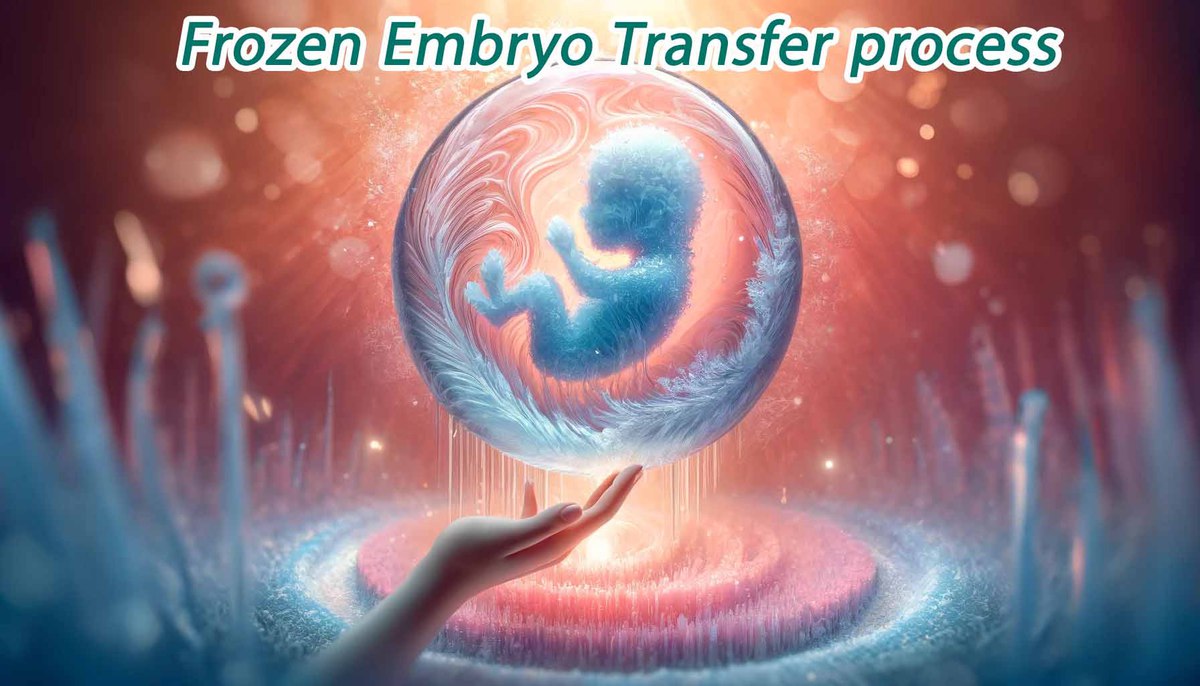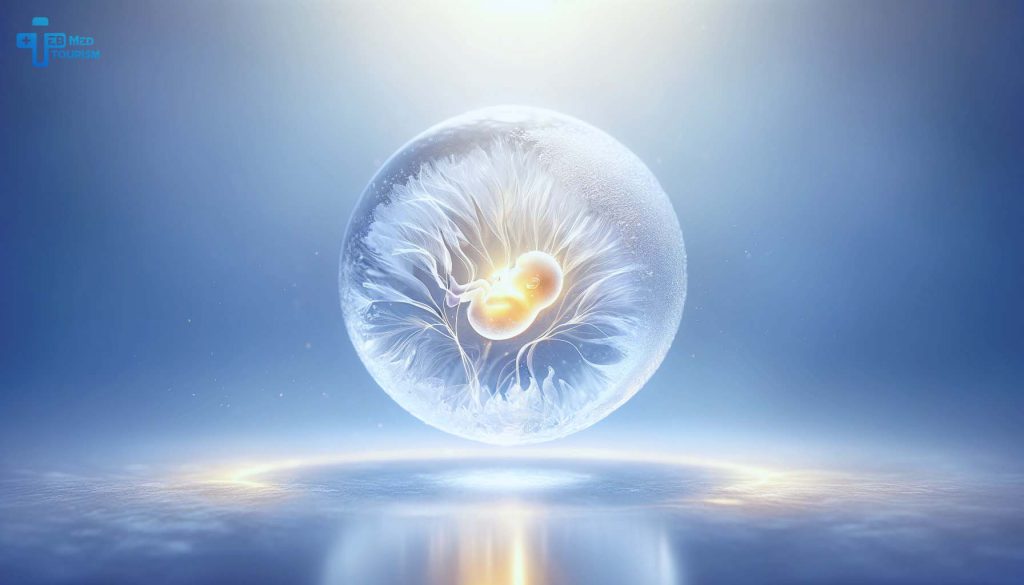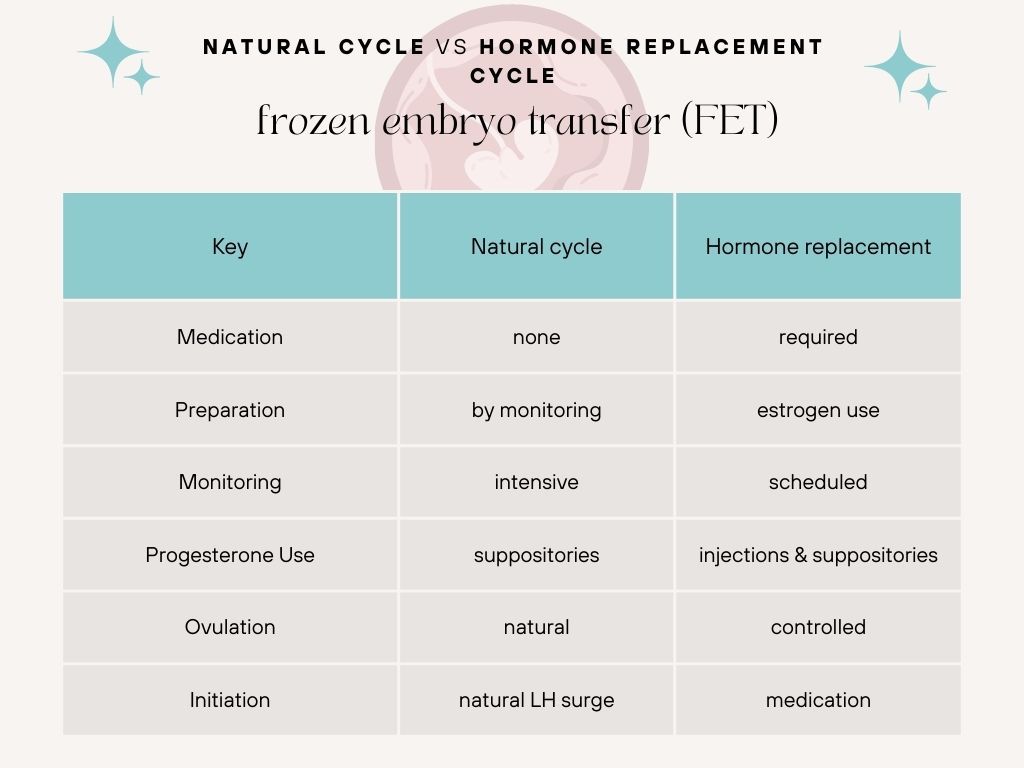

 In conclusion, the timing of frozen embryo transfer (FET) is pivotal, whether it's coordinated with a natural menstrual cycle or a hormone replacement cycle. The natural cycle approach leverages a woman's innate ovulatory schedule, requiring monitoring but no medication, offering a synchronized environment for embryo implantation. Hormone replacement cycles, beneficial for those with irregular periods, meticulously create an optimal uterine environment through controlled hormonal support. Both methods have shown comparable success rates. The choice hinges on individual health profiles and preferences, underpinned by medical advice. Ultimately, both pathways hold the promise of parenthood, symbolizing hope and scientific advancement in reproductive health.
In conclusion, the timing of frozen embryo transfer (FET) is pivotal, whether it's coordinated with a natural menstrual cycle or a hormone replacement cycle. The natural cycle approach leverages a woman's innate ovulatory schedule, requiring monitoring but no medication, offering a synchronized environment for embryo implantation. Hormone replacement cycles, beneficial for those with irregular periods, meticulously create an optimal uterine environment through controlled hormonal support. Both methods have shown comparable success rates. The choice hinges on individual health profiles and preferences, underpinned by medical advice. Ultimately, both pathways hold the promise of parenthood, symbolizing hope and scientific advancement in reproductive health.
Comments & Questions